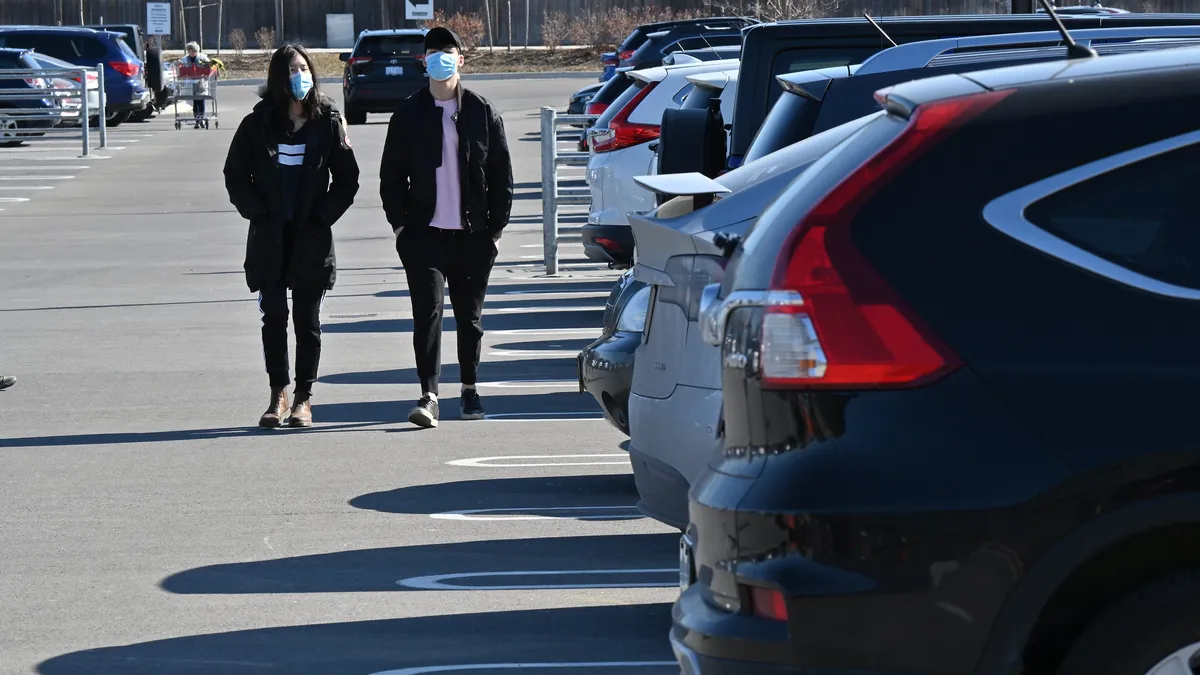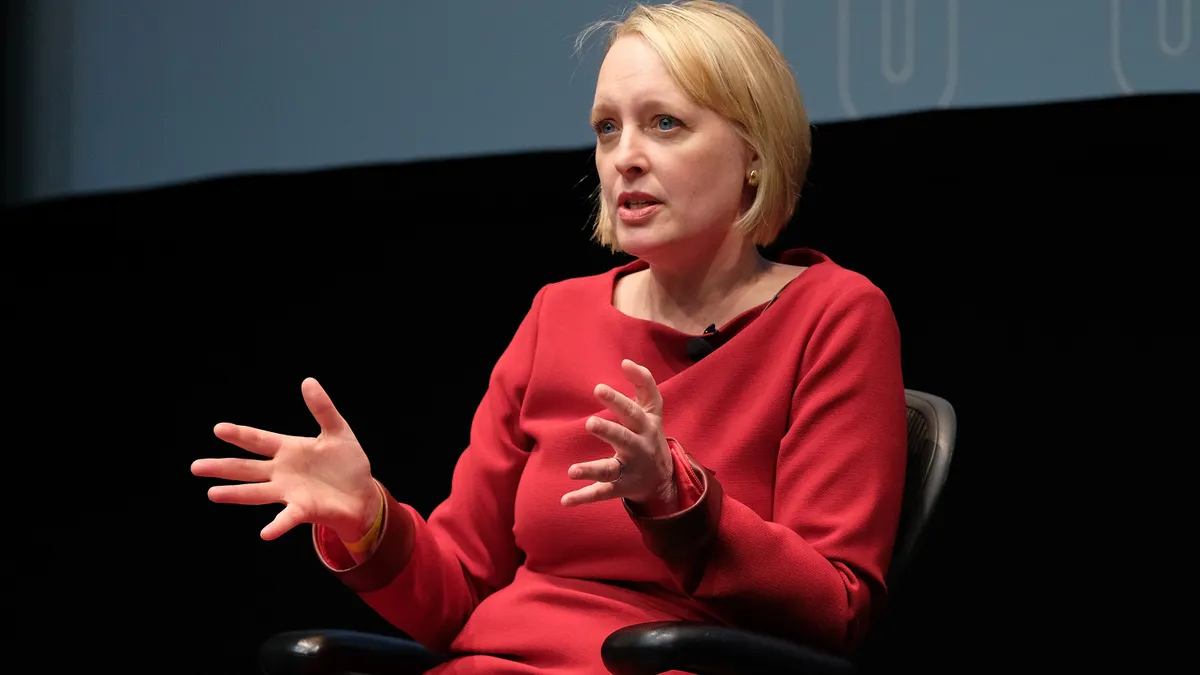It's a familiar scene for anyone who has spent time in an office: Leadership calls an all-hands meeting and droves of employees pile into the main conference room, dragging in chairs and getting cozy.
But COVID-19 could spell the end of such familiar occurrences and even drive larger workforce trends, according to presenters at the 2020 Disability Management Employer Coalition Virtual Annual Conference.
"Will that ever happen again?" asked James Venable, vice president of employment law, absence and accommodation compliance at ReedGroup, about the crowded conference room. "What precedents did we set during this time?" he asked a virtual room of attendees.
Expanded paid leave access
COVID-19 spurred the nation's first-ever paid leave mandate for the private sector. And while the provisions set out in the Families First Coronavirus Response Act sunset at the end of the year, they still represented a major step, speakers said.
Specifically, a lower bar for paid leave access — whether that's with respect to employee tenure or for reasons like public health emergencies — may be one of the trends that emerges from 2020, said Megan Holstein, senior vice president of absence and claims product at FINEOS.
Marjory Robertson, assistant vice president and senior counsel at Sun Life Financial, agreed: "I think a new leave reason has been created and I’m not sure it's going away." Especially if the upcoming presidential election results in an administration change, "I do think … we're going to start to see real strong initiatives," she said.
Despite the emerging patchwork of state and local paid leave laws, Holstein said she's surprised there haven't been even more. "But it may be that we're in a recession and legislatures are hard-pressed to push that onus on employers right now," she said. "I think everyone sees the need for it but [the problem is] who's going to pay for it and how."
Increased attention to safety
Employers also may see additional attention from the Occupational Safety and Health Administration and the National Labor Relations Board, Holstein and Robertson noted.
"OSHA is not all hard hats," said Holstein; "there's more to workplace safety." OSHA can and is regulating cleaning, social distancing and more to keep employees safe from COVID-19 exposure in the workplace, she said.
What’s more, because the agency has been criticized for declining to issue emergency standards and instead favoring recommendations, state and local governments have filled that void, Robertson said; "And you're ending up with this crazy patchwork. You're ending up with a huge amount of regulation at the state and local level."
Employers also must remember that the National Labor Relations Act protects workers who engage in concerted activity, which can include, for example, talking to co-workers on social media about ways to improve workplace safety, the speakers warned.
Practically speaking, if employees say they're too afraid to work, "take the time to find out why," recommended Robertson. "It may save you an OSHA investigation if you work with them to find a way to relieve their anxiety."
Telework as an accommodation
Telework arrangements have long been considered a potential reasonable accommodation required by the Americans with Disabilities Act, and that may be the case even more often now, according to Venable.
Workers who are older, pregnant or have other health conditions are considered at high-risk for COVID-19 complications and "I think this is where the whole telework situation is really going to be a key tool for employers as they’re looking at accommodations," Venable said. "Unless they're physically doing or making something, teleworking is probably going to be one of the main options for people in this high-risk category unless you can absolutely make them safe."
And while the law doesn't require that employers make accommodations that pose an undue hardship, some say employers may have a harder time making that argument now when it comes to telework. If nothing else, employers may need to enhance a defense to such a claim, sources previously told HR Dive.
Previously, employers could argue, for example, that the logistics weren't in place. Now, "I think so many employers have the logistics," Venable said, "that you're going to see a lot of people in this high-risk category who are going to be looking for telework opportunities."





















